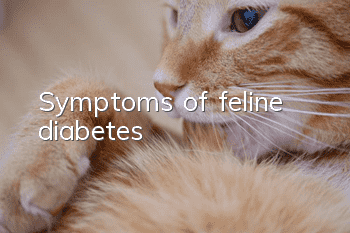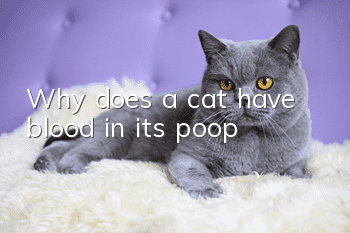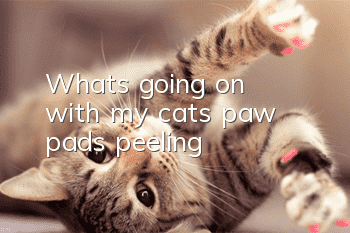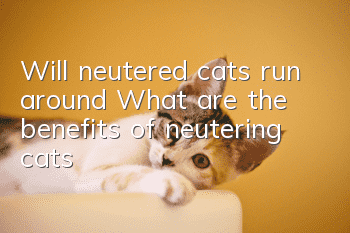Symptoms of feline diabetes

Symptoms of cat diabetes:
1. Diabetes will cause the cat to lose sugar at an accelerated rate. Normal nutrition will not be fully replenished, and the cat will be in a state of hunger all the time. Therefore, cats with diabetes have a much larger appetite than normal.
2. Polyuria. This is because the sugar in the cat’s body is eager to be excreted through the kidneys. However, this will also cause a lack of water in the cat’s body, so cats with diabetes will drink water constantly. When you urinate more, you drink more water, and when you drink more water, you urinate more. This creates a vicious cycle and is a great torture to the cat itself.
3. When a cat shows symptoms such as loss of appetite, staggering walking, and listlessness, it means that its condition has worsened. When diabetes is severe, cats will have thin skin, become easily injured, and develop serious symptoms such as jaundice, coma, and acute inflammation.
4. Weight loss. Due to insufficient insulin in the body, the cat's body cannot fully utilize glucose, so it can only accelerate the decomposition of fat and protein to replenish energy and calories. A large amount of carbohydrates, fats and proteins in the cat's body are consumed, coupled with the loss of water, the cat loses weight rapidly and becomes emaciated. In severe cases, the cat's weight can lose 30% within a week, leading to fatigue and weakness.
Methods for treating cat diabetes:
1. Inject insulin. Most of the insulin currently used for injection in pet hospitals are medium-acting and long-acting types, which are very effective in controlling the glucose content in the blood of diabetic cats. During the period when insulin injection is required, the blood sugar level of the cat needs to be measured multiple times a day to obtain the specific peak and trough values of the cat as well as the distribution time of the blood sugar level.
2. In addition to insulin injection, feline diabetes must also control sugar intake. However, in order to facilitate the diet of cats with diabetes, there are currently many prescription cat foods for cats with diabetes on the market. Using this prescription food with insulin for treatment will have a more obvious effect on controlling the blood sugar level of cats.
3. The maltose component can prolong the digestion time of cats and provide enough time for the release of glucose to reduce blood sugar peaks. At the same time, this can also regulate the cat's metabolic capacity, prevent cat obesity, and alleviate its diabetic symptoms.
- How to read a cat's body language?
- What to do if a leopard cat suffers from postpartum hemorrhage
- Early symptoms of heart disease in cats
- My cat scratched me and there was some blood. Do I need to get vaccinated?
- What does it mean when a cat rubs its body against you?
- Why does the cat keep staring at the door in the middle of the night?
- What will happen if a cat eats too much chicken liver?
- What are the benefits of cat grass for cats?
- Can cats air dry naturally after bathing in summer?
- What kind of catnip do cats like?



